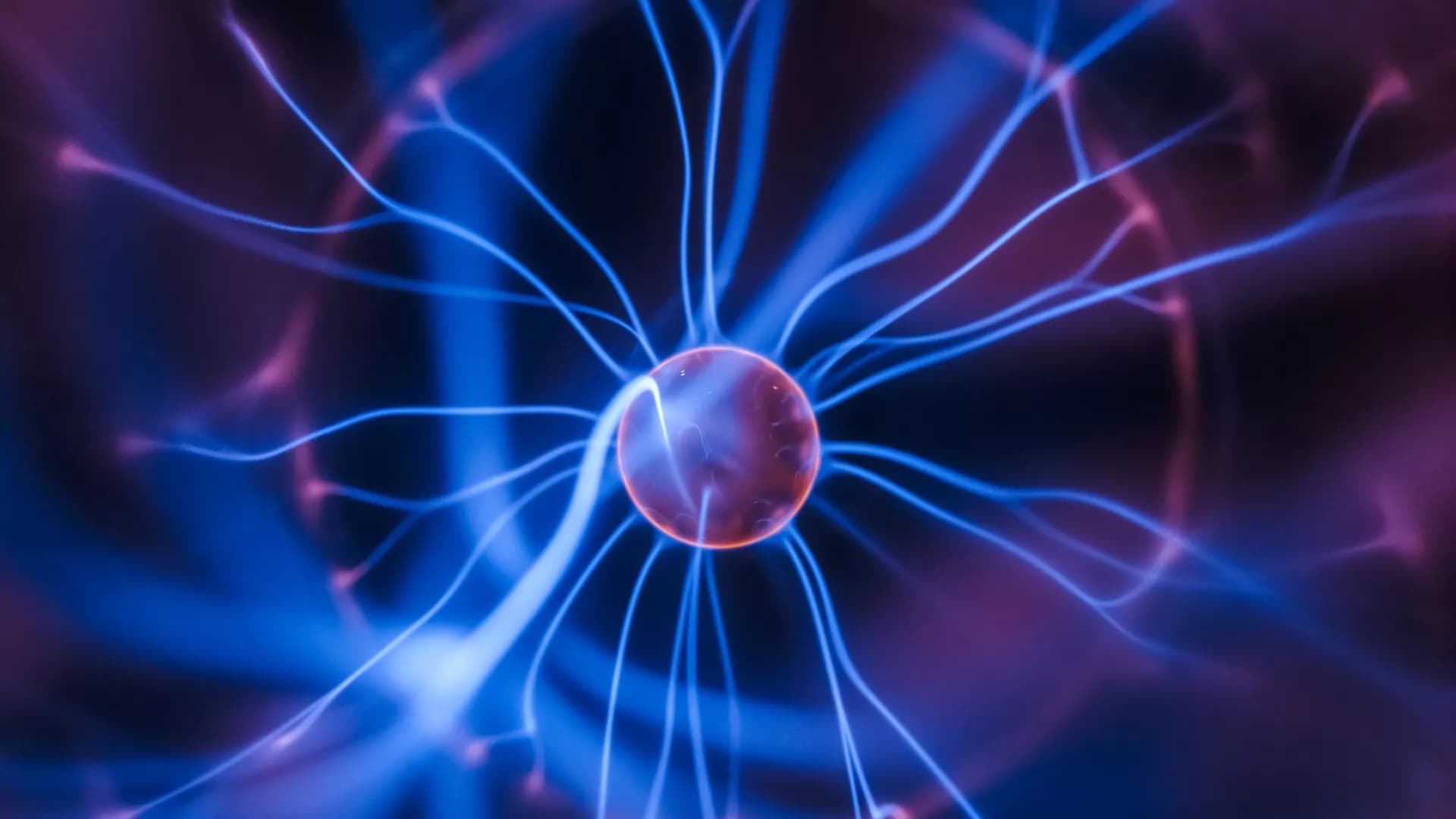As a promising sensing material, Molybdenum disulfide (MoS2) nanosheets is being increasingly studied for Nitrogen dioxide (NO2) gas sensing. However, the MoS2 nanosheets is prone to the stacking effect that compromises the sensing performances. Here, the stacking effect is mitigated by engineering MoS2 nanosheets into a three dimensional (3D) network microstructure, which was fabricated by method of electrostatically self-assembling of MoS2/SiO2 microspheres. The fabricated sensor based on 3D MoS2 network observed a significantly improved response of 15% to 12.3 ppm NO2, which is a 75-fold increase compared to the control sensor with pure MoS2 nanosheets. In addition, the sensitivity of the sensor with 3D MoS2 network was 6.15 times larger than that of the control sensor with pure MoS2 nanosheets. The detection limit of our sensor was 0.297 ppm, lower than most of reported MoS2-based NO2 sensors. The enhanced sensitivity and dynamic response stem from the improved interaction between NO2 molecules and MoS2 network, thanks to its increased surface area per footprint of MoS2 nanosheets compared to pure 2D MoS2 film (single- or few-layer). This work presents a new approach to enhancing the performance of gas sensors based on 2D materials.
A photoacoustic module based on a novel 273 nm deep-ultraviolet light-emitting diode (DUV-LED) was developed for sulfur dioxide (SO2) detection. The DUV-LED with an emission angle of 60° emitted a power of 10 mW. A high-sensitivity non-resonant photoacoustic cell with a gas chamber volume of only 0.39 mL was introduced to reduce the thermal noise generated by the contact of scattered DUV light with the photoacoustic cell. Assembly of the DUV-LED with the non-resonant photoacoustic cell resulted in a robust and portable photoacoustic module without any moving parts. The minimum detection limit of 725 ppb was achieved with 1s integration time at room temperature and atmospheric pressure. Furthermore, the photoacoustic module performance was evaluated in terms of DUV modulation frequency, linearity and the long-term stability.





